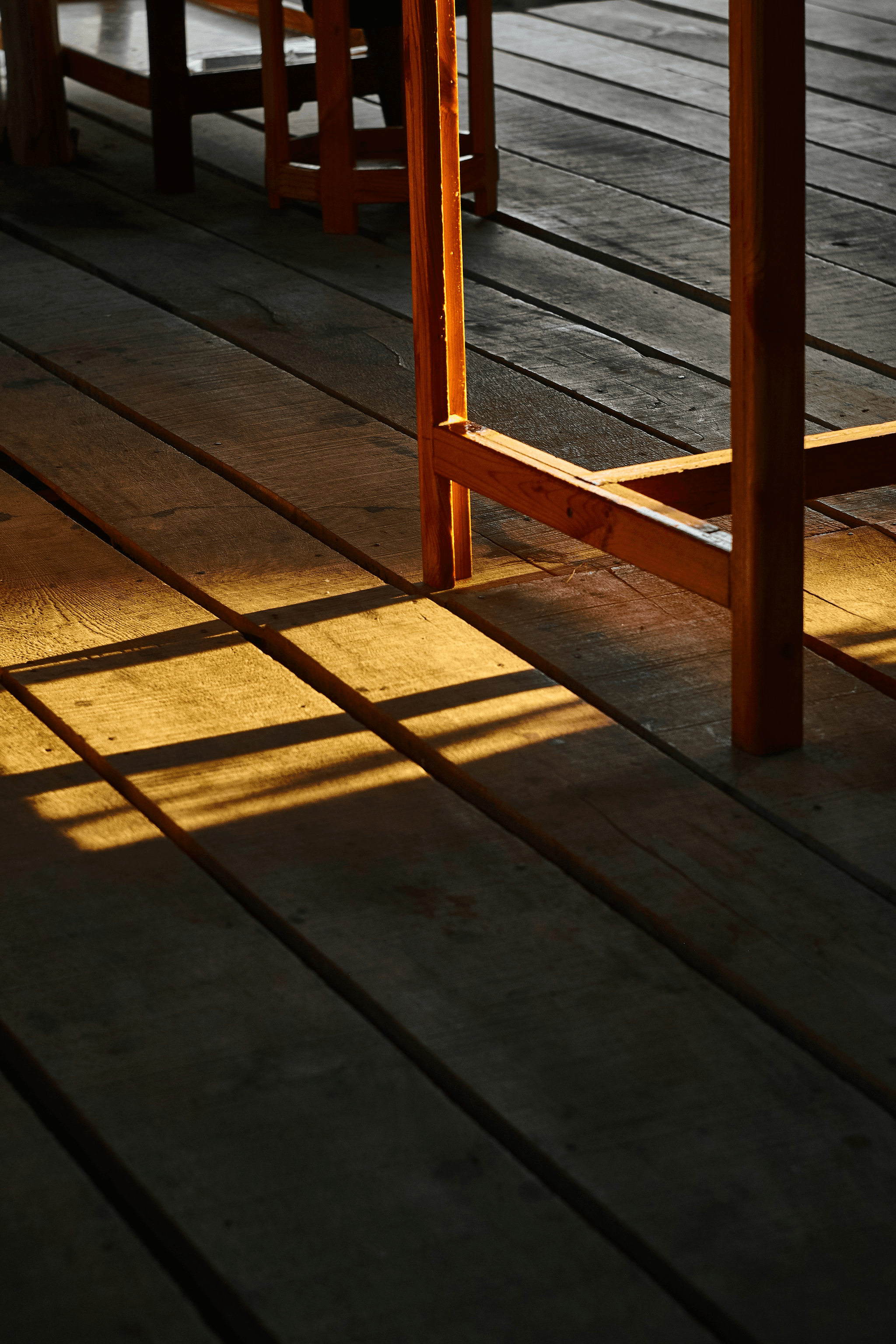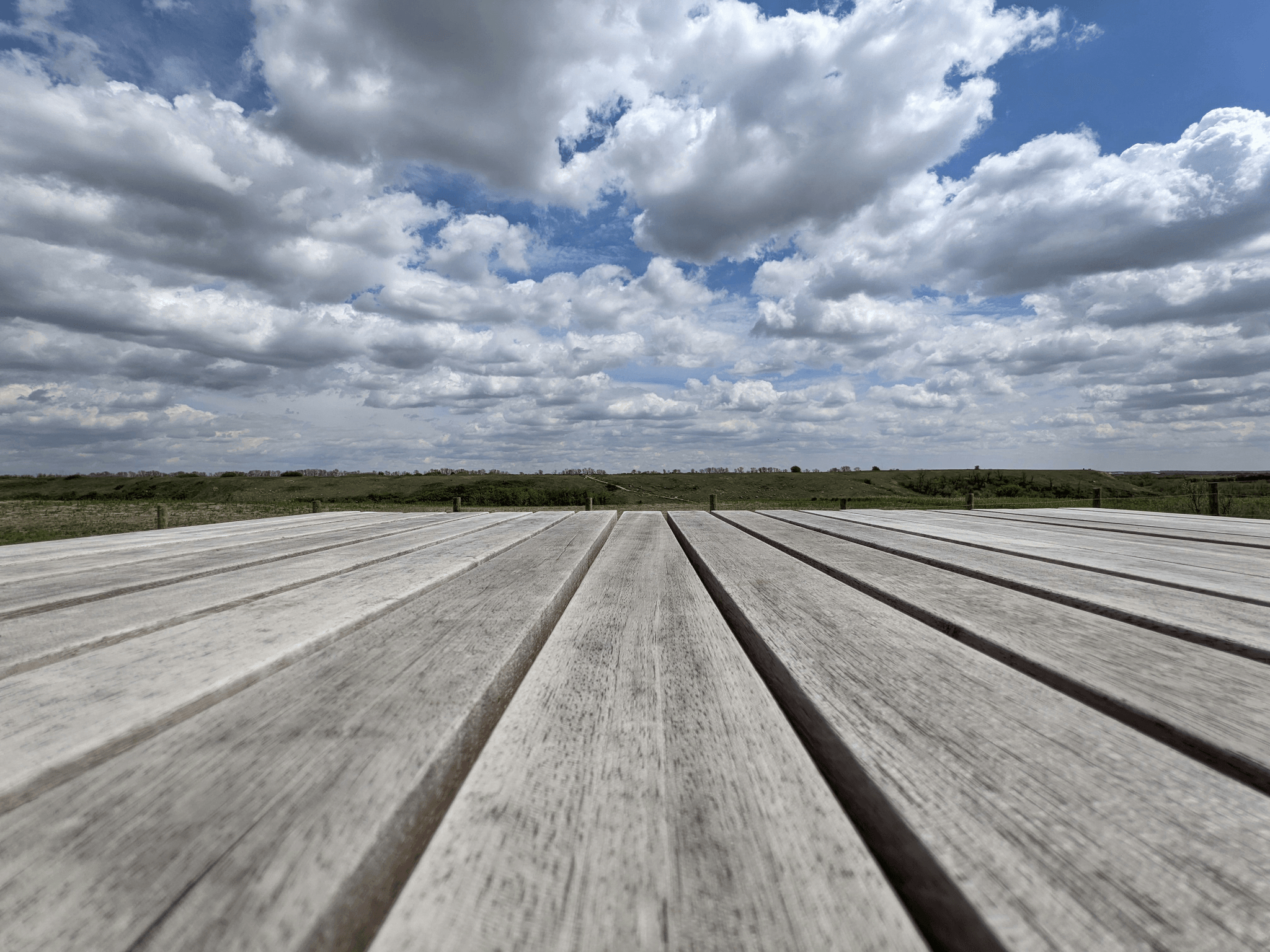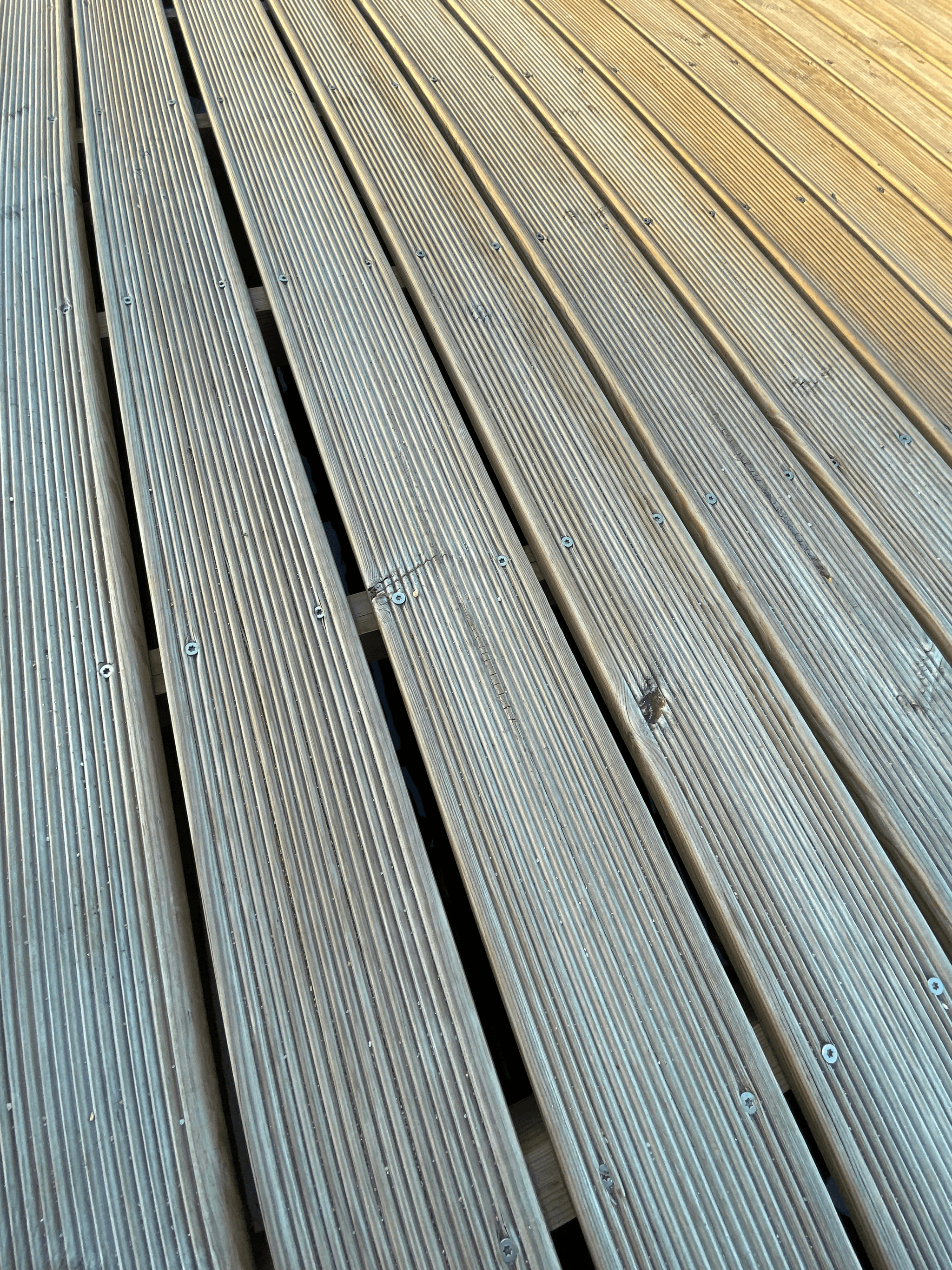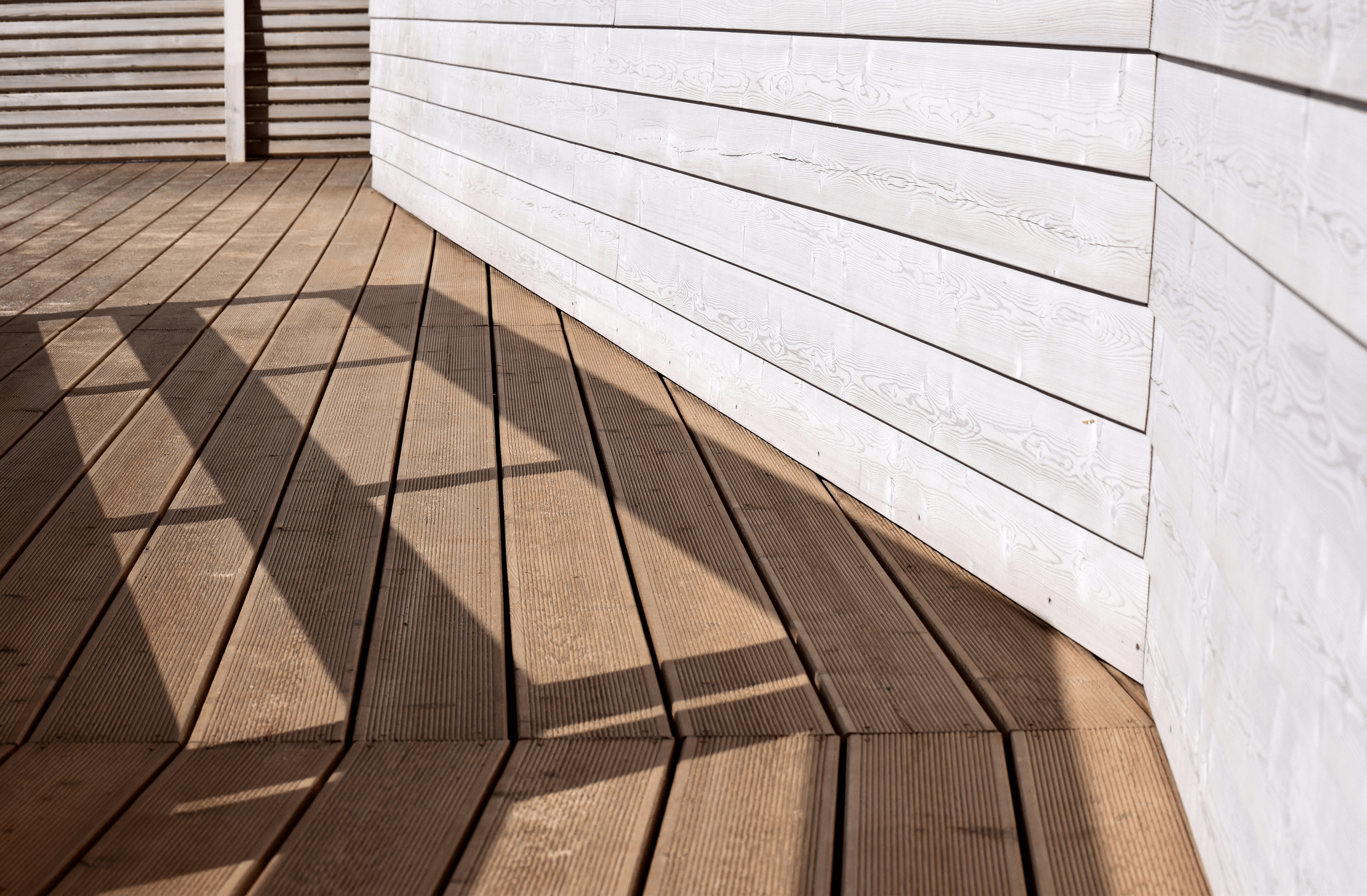Introduction
Composite decking has become a popular choice for homeowners looking to enhance their outdoor spaces, but understanding how it behaves under various conditions is crucial. One of the most pressing questions many ask is, Does composite decking expand? This inquiry isn't just about curiosity; it directly influences the longevity and aesthetics of your deck composite decking.
Importance of Understanding Decking Expansion
Understanding decking expansion is vital for anyone considering composite wood decking boards for their outdoor areas. When temperatures soar or dip, these materials can react in ways that might surprise you, leading to gaps or warping if not properly managed. By grasping how and why composite wood expands and contracts, you can ensure that your boards deck remains visually appealing and structurally sound through all seasons.
The Role of Environmental Factors
Environmental factors play a significant role in the behavior of composite decking materials. Temperature fluctuations and humidity levels can cause your deck composite decking to expand or contract, impacting its overall performance and appearance. It's essential to consider these variables when selecting materials like PVC decking or high-quality composite wood to ensure your investment withstands nature's whims.
Prevalence of Composite Decking
The prevalence of composite decking in modern landscaping reflects its appeal—durability, low maintenance, and aesthetic versatility make it a go-to choice for many homeowners. As you explore options from different brands, you'll find that not all boards deck are created equal; quality matters immensely. With various pricing tiers available for products like composite deck board pricing, selecting the right material becomes an essential part of planning your outdoor oasis.
Temperature Fluctuations

Temperature fluctuations can have a significant impact on composite decking, affecting its performance and longevity. Understanding how heat and cold influence composite wood is essential for maintaining the integrity of your boards deck. This knowledge helps homeowners make informed decisions about installation, maintenance, and choosing the right materials.
How Heat Affects Composite Wood
Indeed, high temperatures can cause composite wood to expand, which may lead to warping or buckling if not properly managed. The expansion occurs as the material absorbs heat from sunlight, making it crucial for homeowners to consider the effects of temperature when selecting their deck composite decking options.
Moreover, extreme heat can exacerbate any existing issues with low-quality materials. Investing in quality composite wood decking boards can mitigate these risks since premium products are designed to withstand temperature fluctuations better than their cheaper counterparts. As you weigh your options in terms of composite deck board pricing, remember that durability often justifies a higher initial investment.
Cold Weather Impact on Boards Deck
Cold weather presents its own challenges for boards deck made from composite materials. In frigid temperatures, does composite decking expand? The answer is no; instead, it contracts. This contraction can create gaps between boards if not accounted for during installation, potentially leading to water infiltration and other structural issues over time.
Additionally, exposure to freezing temperatures may make some types of PVC decking more brittle and susceptible to cracking or breaking under pressure. Homeowners should be aware that while cold weather affects expansion differently than heat does, both extremes require careful consideration when planning your outdoor space. Ensuring proper installation techniques will help mitigate these seasonal impacts on your deck.
Balancing Expansion and Contraction
Finding a balance between expansion and contraction is key to maintaining a beautiful and functional outdoor space with your composite wood decking boards. To achieve this balance effectively, it's essential to leave adequate expansion gaps during installation—these small allowances allow for movement without compromising the integrity of your boards deck over time.
Furthermore, regular maintenance plays an important role in managing temperature-related changes in your deck composite decking's structure as well as appearance. Homeowners should routinely inspect their decks for any signs of stress or damage caused by temperature fluctuations so they can address issues promptly before they escalate into costly repairs.
Ultimately, being proactive about understanding how temperature affects your chosen materials will help you enjoy a stunning outdoor area without worrying about whether does composite decking expand or contract beyond its limits.
Humidity Levels

Humidity plays a significant role in the behavior of composite decking, affecting its performance and longevity. Understanding how moisture influences composite wood is crucial for homeowners looking to maintain their decks. Whether you’re considering new boards deck or evaluating your current composite wood decking boards, awareness of humidity’s impact is essential.
Moisture's Influence on Composite Decking
Composite decking materials are designed to withstand various environmental conditions, but moisture can still cause changes in their structure. When exposed to high humidity, does composite decking expand? Yes, it can swell slightly as it absorbs moisture from the air. This expansion can lead to warping or buckling if not properly managed during installation.
Effects of High Humidity on Deck Composite Decking
High humidity levels can have a profound effect on deck composite decking materials, particularly if they are made from lower-quality composites that may not be as resistant to moisture. Boards deck made from inferior composite wood may experience significant deformation under excessive humidity conditions, leading to unsightly gaps and uneven surfaces. Additionally, prolonged exposure to high humidity can promote mold and mildew growth on the surface of your deck, which detracts from its aesthetic appeal and longevity.
Managing Changes in Humidity
To effectively manage changes in humidity for your composite wood decking boards, regular maintenance is key. Ensure that you select quality materials like those offered by reliable brands such as Composite Decking Inc., which provide better resistance against moisture fluctuations compared to lower-end options like PVC decking. Furthermore, incorporating proper drainage solutions and maintaining adequate airflow around your deck will help mitigate the effects of rising humidity levels and keep your boards deck looking pristine for years to come.
Quality of Materials

The quality of materials used in composite decking plays a crucial role in determining how well your deck performs over time. When considering whether composite decking expands, it's essential to understand that higher-quality composite wood decking boards are designed to withstand temperature fluctuations and moisture variations more effectively than their cheaper counterparts. Investing in superior materials not only enhances durability but also minimizes maintenance issues down the line.
Impact of Composite Wood Decking Boards Quality
Not all composite wood decking boards are created equal, and this disparity can significantly affect their performance. Lower-quality options may be prone to warping or fading, leading many homeowners to wonder, Does composite decking expand? In contrast, premium boards deck made from high-grade materials often feature advanced technology that helps resist expansion and contraction caused by environmental changes.
Choosing quality composite wood means you’re not just buying a product; you're investing in the longevity of your outdoor space. High-quality boards deck will maintain their aesthetic appeal while providing structural integrity through years of weather exposure. So when evaluating options, remember: the price tag is often a reflection of the material's overall durability and performance.
Recognizing Reliable Brands like Composite Decking Inc
In a market flooded with choices, identifying reliable brands can be daunting yet essential for making informed decisions about your deck composite decking project. One such brand is Composite Decking Inc., known for its commitment to quality and innovation in the field of composite wood products. Their offerings not only boast impressive warranties but also feature extensive testing against environmental factors that contribute to expansion.
Reliable brands typically provide detailed information on their manufacturing processes and use premium raw materials that enhance product lifespan. By choosing trusted names like Composite Decking Inc., you can rest assured knowing you're investing in products engineered to withstand the rigors of nature without excessive expansion or contraction issues over time. This peace of mind can make all the difference when planning your outdoor oasis.
Evaluating PVC Decking Choices
Unlike standard composite wood decking boards which may have organic fillers, PVC is made entirely from plastic, offering significant advantages regarding moisture resistance and minimal expansion under varying temperatures. This makes it an attractive choice for those living in areas with high humidity or drastic temperature shifts.
However, it’s essential to evaluate various PVC decking choices based on their composition and manufacturer reputation as well since not all PVC products are created equal either! Some low-cost alternatives may sacrifice quality for pricing—but beware! Investing in reputable brands will ensure you receive durable products that won’t warp or fade easily while providing excellent value over time.
In conclusion, understanding how different materials impact your deck's performance is vital when asking questions like does composite decking expand? By prioritizing quality—whether through selecting top-notch composite wood or reliable PVC options—you'll create an outdoor space that stands up beautifully against Mother Nature’s whims!
Installation Techniques

Proper Techniques for Composite Deck Board Installation
To kick things off, let’s talk about the proper techniques for installing composite deck boards. First and foremost, always follow the manufacturer's guidelines; they know their product best! When laying down your boards deck, it's crucial to use a straight edge and level to ensure that everything is even; this will help mitigate issues related to expansion later on—because yes, does composite decking expand? It certainly can!
Additionally, using hidden fasteners can create a clean look while allowing for some movement in your composite wood decking boards. This is particularly important when temperatures fluctuate; you want your deck composite decking to have room to breathe without compromising aesthetics. Finally, don't forget about securing your boards properly; loose boards can lead to creaks and squeaks that no one wants on a summer evening.
Importance of Expansion Gaps
Now let's get into why those pesky expansion gaps are so crucial when working with composite decking materials. These gaps allow for natural expansion and contraction due to temperature changes—so if you're wondering does composite decking expand? Yes, it does! Without these gaps, you may find yourself dealing with buckled or warped boards over time as they try to accommodate changes in size.
A good rule of thumb is to leave at least 1/4 inch between each board and any fixed structures like walls or railings. This might seem trivial now but trust me; future you will thank present you when those hot summer days roll around! Remember that moisture levels can also affect these gaps—so keeping an eye on humidity levels is just as important as maintaining those physical spaces.
Avoiding Common Installation Mistakes
Even seasoned DIYers can slip up during installation—so let’s go over some common mistakes that could derail your project before it even gets off the ground! One of the biggest blunders people make involves ignoring manufacturer specifications regarding spacing and fastening methods; not following these guidelines could lead directly back to our earlier discussion about expansion issues with composite wood.
Another frequent misstep is neglecting proper alignment while laying down the boards deck; misaligned planks not only look unsightly but may also hinder drainage and airflow beneath your deck—a perfect recipe for mold growth! Lastly, many folks underestimate the importance of pre-drilling holes in certain types of PVC decking; this simple step can prevent splitting or cracking during installation.
In summary, taking care during installation will pay off in spades down the line. By adhering closely to recommended techniques, ensuring proper expansion gaps exist between boards, and avoiding common pitfalls along the way—you'll be well on your way toward creating a stunning outdoor space perfect for relaxation or entertaining!
Conclusion

As we wrap up our exploration of composite decking, understanding how it expands and contracts is essential for maintaining a beautiful outdoor space. With the right knowledge about environmental factors, material quality, and installation techniques, you can ensure your composite wood decking boards perform optimally throughout the seasons. Remember, does composite decking expand? Yes, it does—but with proper care and attention, its impact can be minimized.
Key Takeaways on Composite Deck Expansion
Understanding that composite decking expands and contracts due to temperature fluctuations and humidity levels is crucial for any homeowner or builder. The materials used in your deck composite decking will determine how much movement occurs; thus, investing in high-quality composite wood is paramount. Keep in mind that proper installation techniques—especially regarding expansion gaps—can significantly mitigate issues related to boards deck warping or buckling.
Best Practices for Maintenance
To keep your composite deck looking great year-round, regular maintenance is key. This includes cleaning debris and dirt from the surface to prevent moisture buildup that could affect your deck composite decking's integrity over time. Additionally, inspecting for any signs of wear or damage will help you catch potential issues early before they escalate into costly repairs.
Choosing the Right Decking Solutions
When selecting materials for your new outdoor space, consider both aesthetics and functionality—this means weighing options like PVC decking versus other types of composite wood products. Look for reputable brands known for their durability and performance; brands like Composite Decking Inc offer reliable solutions that stand the test of time. Lastly, always compare pricing between different options to ensure you’re getting the best value without compromising on quality.
